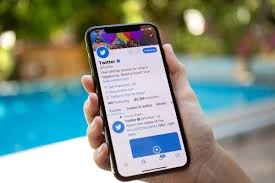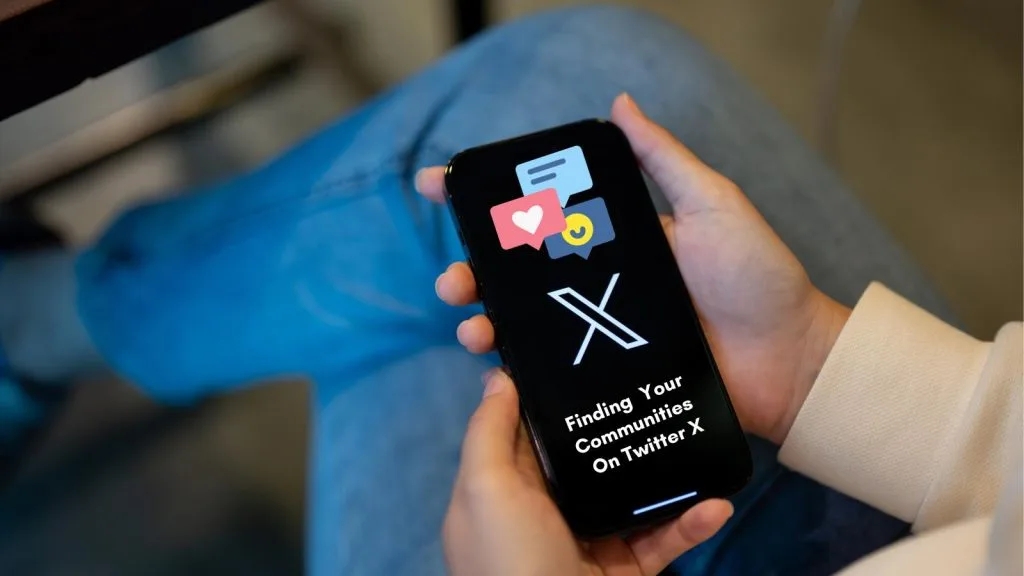Networking used to feel like something that only happened at big events or on LinkedIn. But I’ve found that Twitter opens a whole new way to connect fast, direct, and surprisingly effective. With just 280 characters, I can reach out to people who inspire me, follow industry conversations, and even get noticed by recruiters. It doesn’t take a huge following or fancy language, just a smart profile, the right approach, and consistent engagement.
In this guide, I’ll walk through how I use Twitter to build real connections with influencers and hiring professionals. If you’re tired of waiting for messages on job boards or feeling lost in LinkedIn noise, this simple method might be what you need. Let’s get into the steps that make Twitter a powerful tool for career networking without overcomplicating it.
Set a Clear Goal Before Using Twitter
Before diving into networking, it’s important to define a goal. Is the goal to get hired? Find freelance gigs? Connect with mentors? Or build a personal brand in a specific field?

Clear goals make it easier to:
- Follow the right people
- Post relevant content
- Stay consistent
- Avoid wasting time
Example goal: “Connect with tech recruiters to find a remote frontend developer role.”
Having a clear purpose ensures that every interaction on Twitter is aligned with professional objectives.
Read: Mastering the Online Job Fair – Virtual Networking Tricks for Remote Job Seekers
Optimize the Twitter Profile for Professional Networking
A Twitter profile often creates the first impression. When recruiters or influencers click, they decide in seconds whether to follow or engage. A strong profile should include:
- Profile Photo: Use a clear, professional-looking headshot. Avoid logos or group photos.
- Username and Handle: Keep it clean and recognizable ideally use real names or job-related handles.
- Bio: Highlight skills, roles, and interests. Mention if currently open to work. Example: “UI/UX Designer | Figma + Adobe XD | Open to remote roles.”
- Link: Include a resume, portfolio, or LinkedIn profile for quick access.
- Pinned Tweet: Pin a project, intro thread, or an “open to work” post that shows personality and skill.
A well-structured profile acts as a digital business card and encourages connections.
Follow and Organize the Right People
Effective networking starts with following people who can support career goals. Focus on:
- Industry recruiters and hiring managers
- Niche influencers and professionals
- Founders or leads at target companies
Use Twitter Lists to stay organized. Example lists:
- “Remote Tech Recruiters”
- “Design Mentors”
- “Job Leads Marketing”
Turn on notifications for key accounts to catch job postings and hiring threads early. It’s about quality, not quantity engaging with the right 50 people is more powerful than following 5,000 randomly.
Read: Networking for Introverts – How to Build Connections Without the Awkwardness
Engage with Purpose in Every Tweet and Reply
Twitter is fast-paced, so every interaction should provide value. Here’s how to make 280 characters count:

- Reply thoughtfully to tweets
-
- Add insights, ask questions, or show appreciation
- Avoid generic comments like “Great post!”
-
- Quote-retweet with context
-
- Example: “Insightful thread on remote onboarding especially relevant for startup teams.”
-
- Post updates regularly
-
- Share personal projects, lessons learned, or helpful tips
- Example: “Built a responsive landing page using Tailwind here’s the before and after.”
-
Frequent, meaningful interaction shows expertise and enthusiasm without being pushy.
Start Conversations Naturally Without Overthinking
Meaningful relationships on Twitter often start in the replies not in the DMs. Build familiarity by engaging with someone’s posts regularly before reaching out directly.
When it’s time to send a message:
- Reference a specific tweet or conversation
- Be clear and respectful
- Keep it brief and relevant
Example DM:
“Enjoyed your thread on building inclusive teams. Currently exploring similar roles appreciate the insights you share.”
Avoid sending resumes right away or making demands. Focus on building relationships first, opportunities come after.
Share Work Without Sounding Desperate
Promoting personal projects, freelance work, or achievements helps showcase skills. But it should be done in a way that feels informative not like a sales pitch.
What works well:
- Small wins: “Designed a dashboard UI that reduced user confusion by 40% clean layouts make a difference.”
- Case studies: “Completed a 2-week redesign sprint for a client in healthcare focused on accessibility improvements.”
- Helpful lessons: “Learned the hard way that page speed suffers with too many animations balance is key.”
This approach demonstrates value and expertise while staying professional.
Use Twitter Tools for Smarter Networking
Several tools help streamline Twitter use for job networking:

- Typefully / Hypefury: Schedule tweets for consistent posting
- TweetDeck: Monitor keywords, lists, and hashtags in real time
- BlackMagic / Twemex: Analyze tweet performance and engagement patterns
- Advanced Twitter Search: Track phrases like “hiring a content writer” or “looking for a dev”
Using these tools saves time and ensures that important opportunities don’t get missed.
Read: Top States in the USA Offering the Best Job Opportunities for Immigrants
Avoid Common Mistakes That Harm Credibility
Making the wrong move on Twitter can damage a professional reputation. Be aware of these pitfalls:
- Cold DMing with resumes: Don’t send a resume link without context. Build rapport first.
- Toxic behavior: Avoid arguing, trolling, or commenting on controversial topics.
- Oversharing personal struggles: It’s okay to be authentic, but too many negative posts can turn people away.
- Inconsistent activity: Ghosting for weeks and then suddenly promoting work makes engagement less effective.
Keep interactions respectful, consistent, and relevant to the career path.
Combine Twitter With a Broader Job Hunt Strategy
Twitter is powerful, but it shouldn’t be the only platform used. Combine it with other job-seeking methods:
- LinkedIn: Use for formal networking and recruiter outreach
- Portfolio/Website: Link to it regularly on Twitter
- Email outreach: After building rapport on Twitter, follow up professionally via email
- Job Boards: Continue applying to roles through traditional channels while networking socially
Twitter might not be the first platform that comes to mind for job networking, but it offers something unique real-time, direct access to the people who matter. When used with intention, it becomes more than a social app. It turns into a space to build connections, show value, and uncover hidden opportunities.
Success comes from showing up consistently, engaging with purpose, and offering value in every interaction. Whether the goal is to land a job, find a mentor, or grow a network in a specific field, Twitter can play a major role in reaching that next step. Now is the time to stop scrolling and start connecting 140 to 280 characters at a time.


